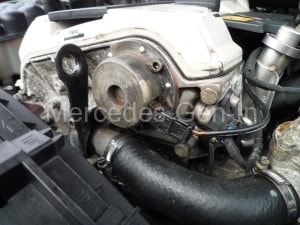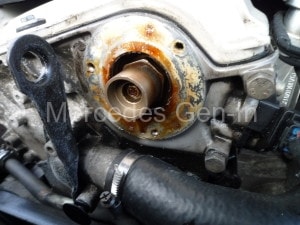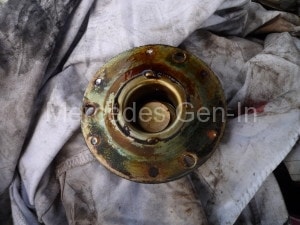This is a simple task carried out with only a few points of note. Often the pinion seal of this type of hypoid differential passes oil, as long as it is only minor and not gushing they can continue to run for years and give no real trouble. This leaking problem is also common to most W124 series, and the later 190’s. Obviously the point of note here is; if you ignore a bad leak here and the oil runs dry, it can result in damage to the pinion bearing or worse still the internals of the Diff . Other commonplace diff leaks are from the rear cover and drive shaft output seals.
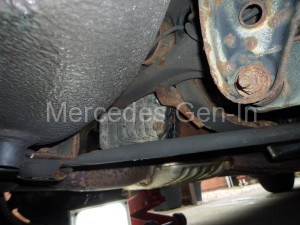
I had decided to drain the oil as it gave me good opportunity to see how much lubricant existed in the diff, also so I could gauge if any remedial work needed to be planned or just to ignore it for a season and monitor its progress. I chose the latter, as neither combinations of small leaks looked to be too serious – compared to ones I had seen that needed new seals. Added to this, the fact that there was a good amount of oil drained out of the diff, the leak was not sufficient to pose any any great danger.
To change the differential oil, raise the rear of the car to a comfortable level and clean off the area with a wire brush around the filler and drain plugs. Then use a good penetrating oil if they look like the ones on my car! The fill plug will be found on the upper left side of the diff casing looking at the back of the vehicle masked by the exhaust pipe and the drain plug on the lower right.
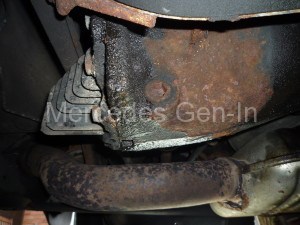
You will need a 14mm hexagon drain plug key, the one I use uses a 21mm spanner or socket to apply the required force. Insert the key into the fill plug, tapping it fully home before applying any turning force so that it does not slip out. If it proves stubborn to undo, try tightening it a little first – once the rust is broken, it should undo nicely as it is a taper fit thread in the casing.
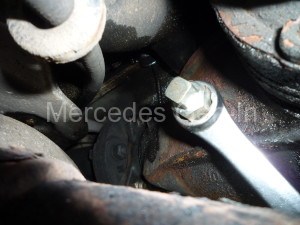
IMPORTANT NOTE- Always remove the filler plug first, as if you cannot get this open, its far better to know now than when you have drained the oil contents and are unable to refill the differential!! This is very good advice indeed for any gearbox or diff job you may attempt in the future.
Once the fill plug is removed, remove the drain plug and allow the oil to drain into a suitable container. Once empty, refit the plug and dispose of the old oil. If you choose a modern semi-synthetic gear oil like Autolube’s 75-90 EP then the 1 litre bottle will have a short dispensing spout. The specified oil amount is approx. 1.5 litres. Have a good look at the drained oil and see if it looks to hold a suspension of metallic particles or is clear and maybe just dirty. Any metal pieces or chips, heavy contamination etc. indicates that probably the differential is not in the best of condition!

On the R129 SL there is quite a technique to getting the oil into the diff from the bottle if you do not own a pump of some sort. The technique is as follows. Pull up the flexible spout on the oil bottle, (leaving the screw cap seal on the tube spout) and feed the container into the area above the exhaust pipe and intermediate box. The position you will find allows the bottle to lie horizontal with little or no tilt available, but thats ok. Manoeuvre the bottle so that the sealed spout is within 20mm or so of the fill orifice, then unscrew the cap and quickly push the bottle forward into the hole. Squeeze the bottle to get as much oil in as possible, this is unlikely to be much more than half its contents (0.5l), when you feel you cannot get any more out of the bottle, withdraw it and top up to full again from the new bottle. Re -insert and deliver another half litre. Finally refill the bottle for a last time and fill to the level of the filler plug hole. It is painstaking and it can be a little messy to refill to just ‘dribbling out’ of the filler hole, but without a delivery pump its the only way possible (Unless you have a length of garden hose, funnel and an assistant to pour the oil elevated from the side of the vehicle.)
Refit the filler plug and clean down the whole area with rag.

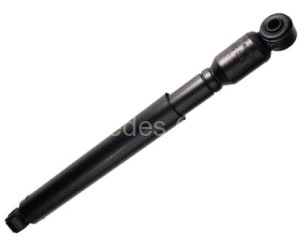
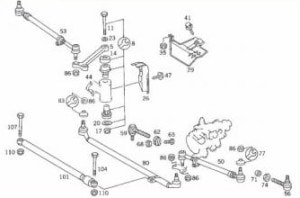
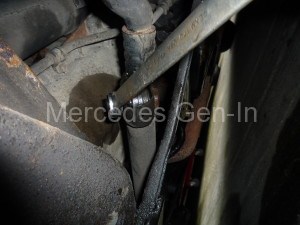
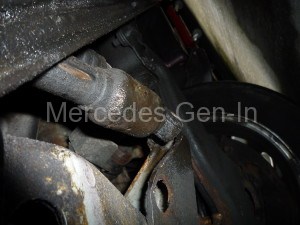
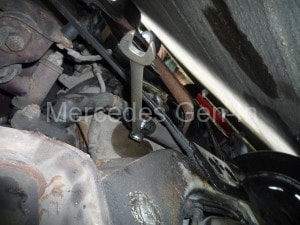
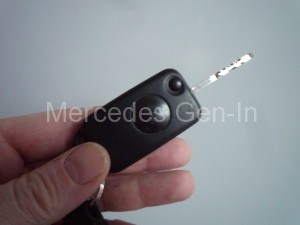
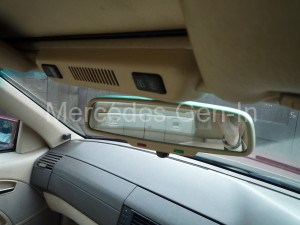

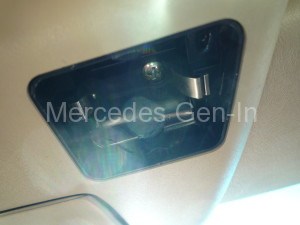
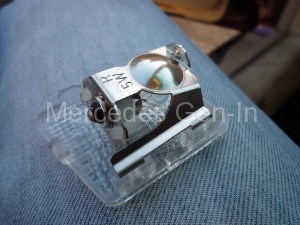
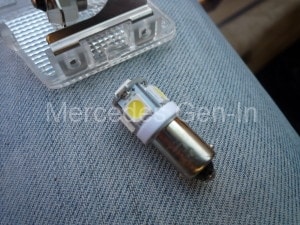
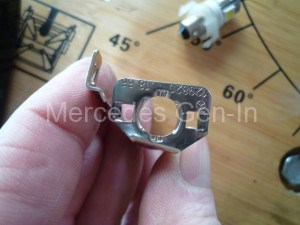
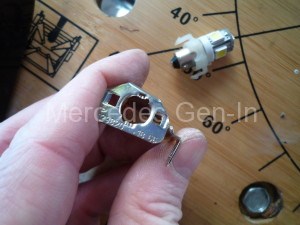
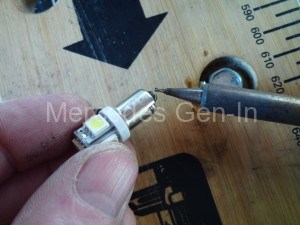
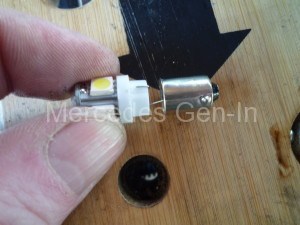
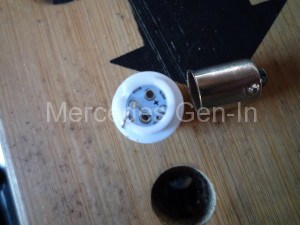
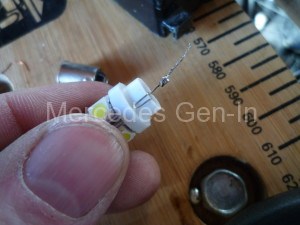
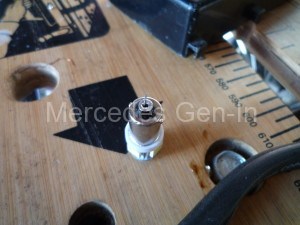
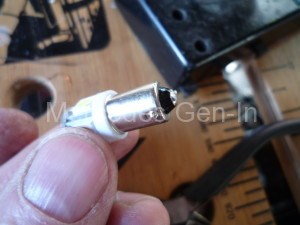
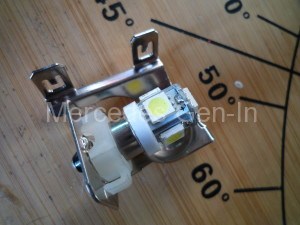
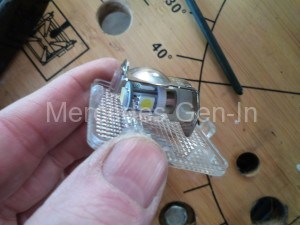
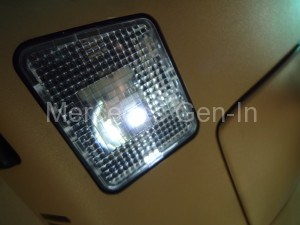

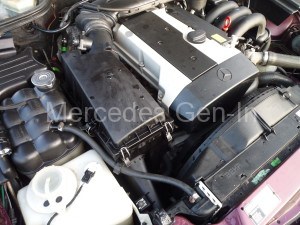
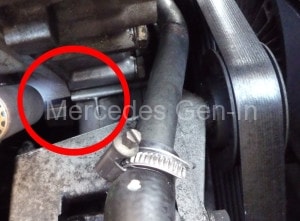
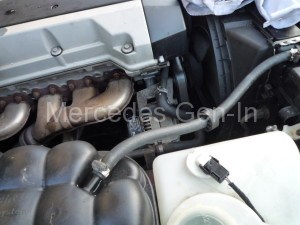 The leak itself is caused by the internal casing design that is leaned at an angle, this allows localised pooling of oil fling from the timing chain and subsequent leaking from the poor seal area between head, block and upper timing cover. Bearing this in mind, knowing that the leak is not a ‘pressurised’ leak from an oil-way or gallery, it is only oil escape to atmosphere by a poor external seal. Although not serious and frequently the amount of oil lost in everyday use is slight, it still makes a mess and is annoying at the very least.
The leak itself is caused by the internal casing design that is leaned at an angle, this allows localised pooling of oil fling from the timing chain and subsequent leaking from the poor seal area between head, block and upper timing cover. Bearing this in mind, knowing that the leak is not a ‘pressurised’ leak from an oil-way or gallery, it is only oil escape to atmosphere by a poor external seal. Although not serious and frequently the amount of oil lost in everyday use is slight, it still makes a mess and is annoying at the very least.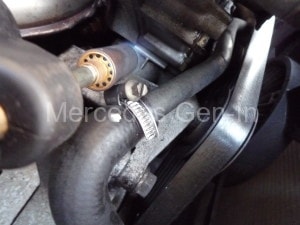
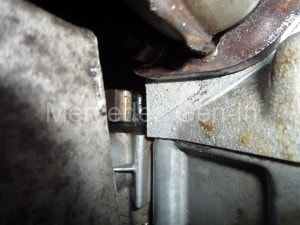
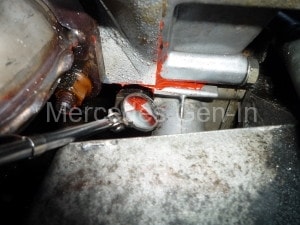 While the plastic front cover was off I noticed a leak from the lower edge of the variable valve timing clutch on the end of the timing cover. I removed the three cap head screws that fix it to the cover and remade the gasket, clearly this original gasket had hardened and was allowing oil seepage down the front face of the timing cover. Cleaning the finished front area as much as possible to allow monitoring of any further oil leaking over time, was in order before leaving the RTV silicone sealant to fully harden for the rest of the day. Re-build the front cover and air box to complete the job.
While the plastic front cover was off I noticed a leak from the lower edge of the variable valve timing clutch on the end of the timing cover. I removed the three cap head screws that fix it to the cover and remade the gasket, clearly this original gasket had hardened and was allowing oil seepage down the front face of the timing cover. Cleaning the finished front area as much as possible to allow monitoring of any further oil leaking over time, was in order before leaving the RTV silicone sealant to fully harden for the rest of the day. Re-build the front cover and air box to complete the job.